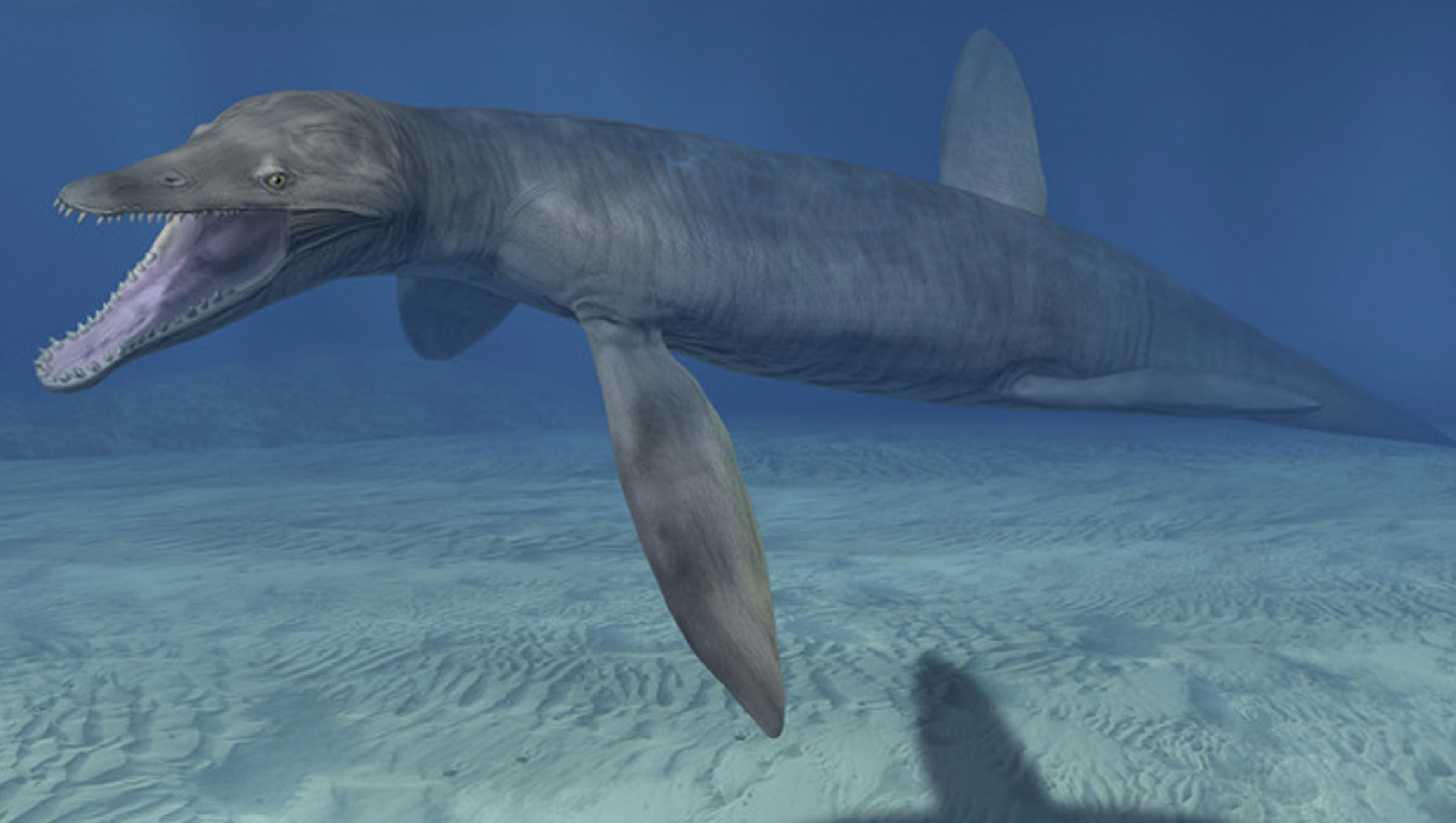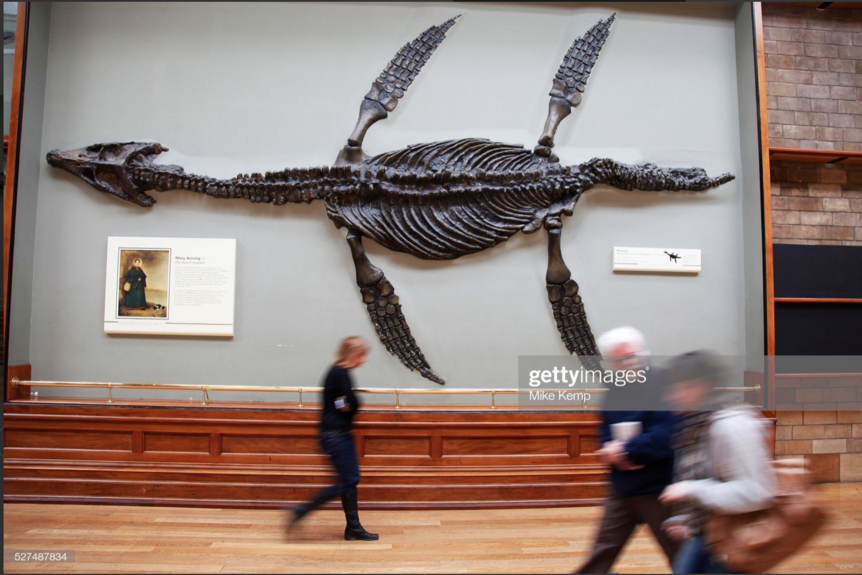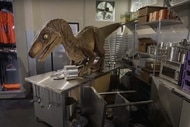Create a free profile to get unlimited access to exclusive videos, sweepstakes, and more!
Nessie's got nothing on this newly unearthed, razor-toothed sea monster

There was once something out there that could have probably eaten the Loch Ness monster (which is probably just a ginormous eel) for dinner if it wanted to.
Pilosaurs were immense marine beasts that lived from roughly 145 million years ago to 66 million years ago. Even the Mosasaur that got its cinematic moment in Jurassic World may have had trouble competing with these Late Jurassic beasts, which slithered around the ocean during the same era but might have been even fiercer. Their fossils are a rare find, but scientists recently unearthed an extraordinary specimen in Krzyżanowice, Poland.
“They had powerful, large skulls and massive jaws with large, sharp teeth. Their limbs were in the form of fins,” said paleontologist Daniel Tyborowski from the Polish Academy of Sciences in Warsaw, one of a team of scientists who discovered the skeleton in the Świętokrzyskie Mountains and recently published a study on the creature.
Think of something with the head of a crocodile, a jaw infinitely more crushing than a crocodile’s, and huge flippers. With all that it’s hard to believe that such a behemoth reptile was not technically a dinosaur. The pliosaur is actually a distant relative of — you would never guess — turtles. But that didn’t keep turtle off the menu.
Believed to be the largest predators of their time, even next to mosasaurs, pliosaurs were at the top of the marine food chain. This one lived in the depths of what was once the type of tropical island paradise where you’d probably want to vacation, if it wasn’t infested with carnivorous sea monsters. The pliosaur shared those warm waters with many other marine reptiles whose bones were discovered there as well. The thing is, whether it was a plesiosaur (another relative of the pliosaur), an ancient crocodile, or a giant turtle, it ate them all.
“Powerful pliosaurs hunted all animals whose fossils we discovered at this site," Tyborowski said, referring to the unusually large collection of bones that surfaced. Teeth marks on the fossils of the monster’s prey proved it had an appetite for pretty much anything that moved.
So how did the pliosaur measure up to the mosasaur? Pliosaurs were up to 50-feet long and could weigh as much as 100,000 pounds. Compare that to the mosasaur, which was about the same length but only thought to weigh around 30,000 pounds. Never mind that they both had dagger teeth. While there hasn’t yet been any evidence of a pliosaur actually feasting on a mosasaur, it looks like the pliosaur would win a Jurassic death match.
The only question left for now is whether pliosaurs could do the breaststroke.
(via Polish Academy of Sciences)



























